During the media launch for the new Puma compact SUV, a Ford spokesperson said that the company was excited because it hadn’t offered a “small, fun vehicle [in this segment] for some years.”
It’s like they’d forgotten about the EcoSport SUV altogether; or more likely, wanted us to forget about the Ecosport altogether. Come on now, the last version wasn’t actually that bad.
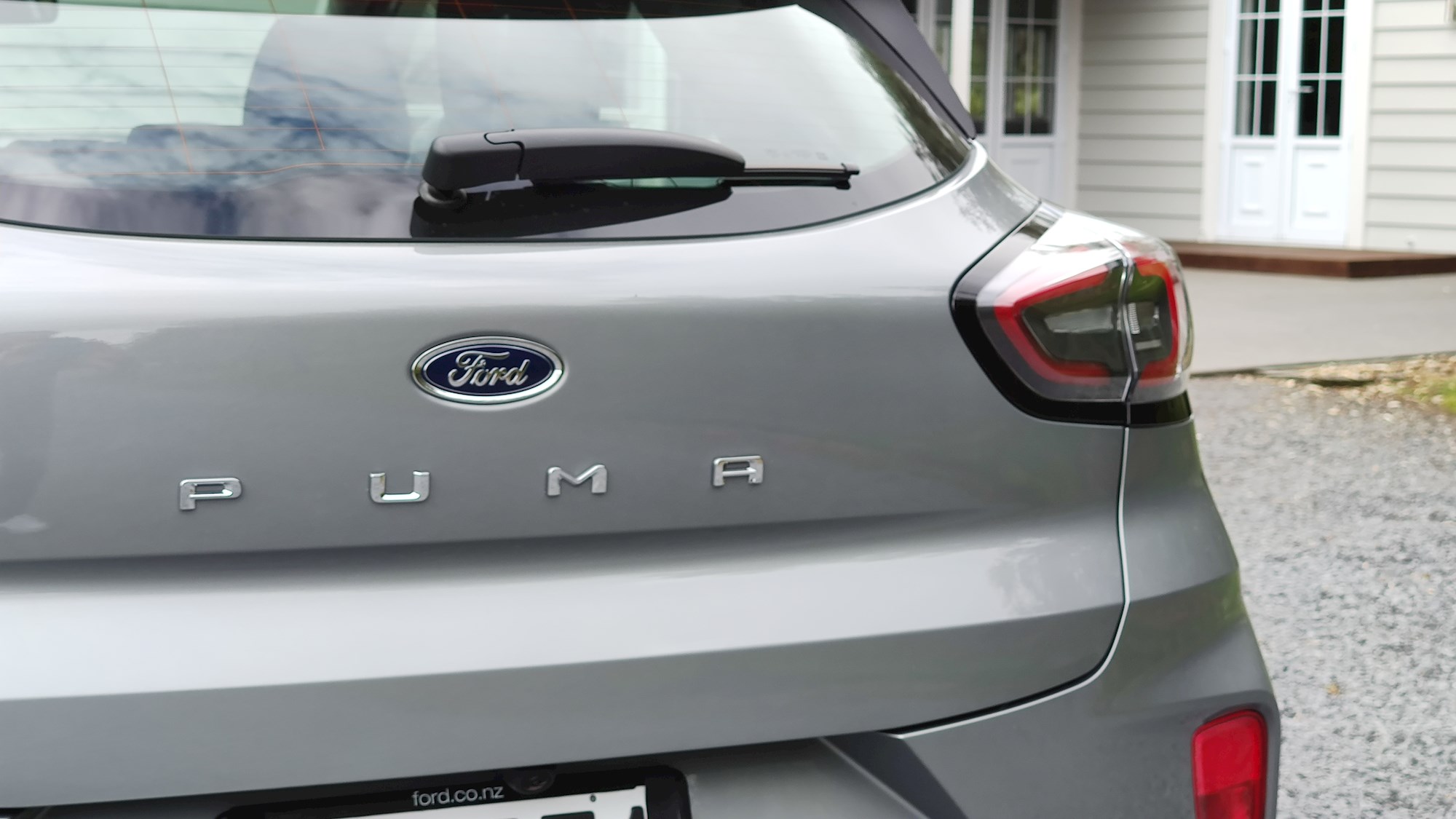
But we’ll give them a pass, because the two really are night and day: slightly frumpy urban transport versus genuine flair.
Having the “Puma” name on a small SUV might irk a few Euro-Ford enthusiasts – it was attached to a much-loved coupe from 1997-2002. But it does at least tell you a bit about Ford’s intent with this model. Urban SUVs aren’t reknowned for their enthusiast appeal, but the Blue Oval wants this one to be a cut above.
First impressions suggest success. It’s instantly recognisable on the road (not easy for a small box, which is pretty much what compact SUVs are), fun to drive – but still impressively practical.
It’s a snip more expensive than the old Ecosport though. Both Puma models are well over $30k: the entry version is $33,990, while the top ST-Line is $37,990.
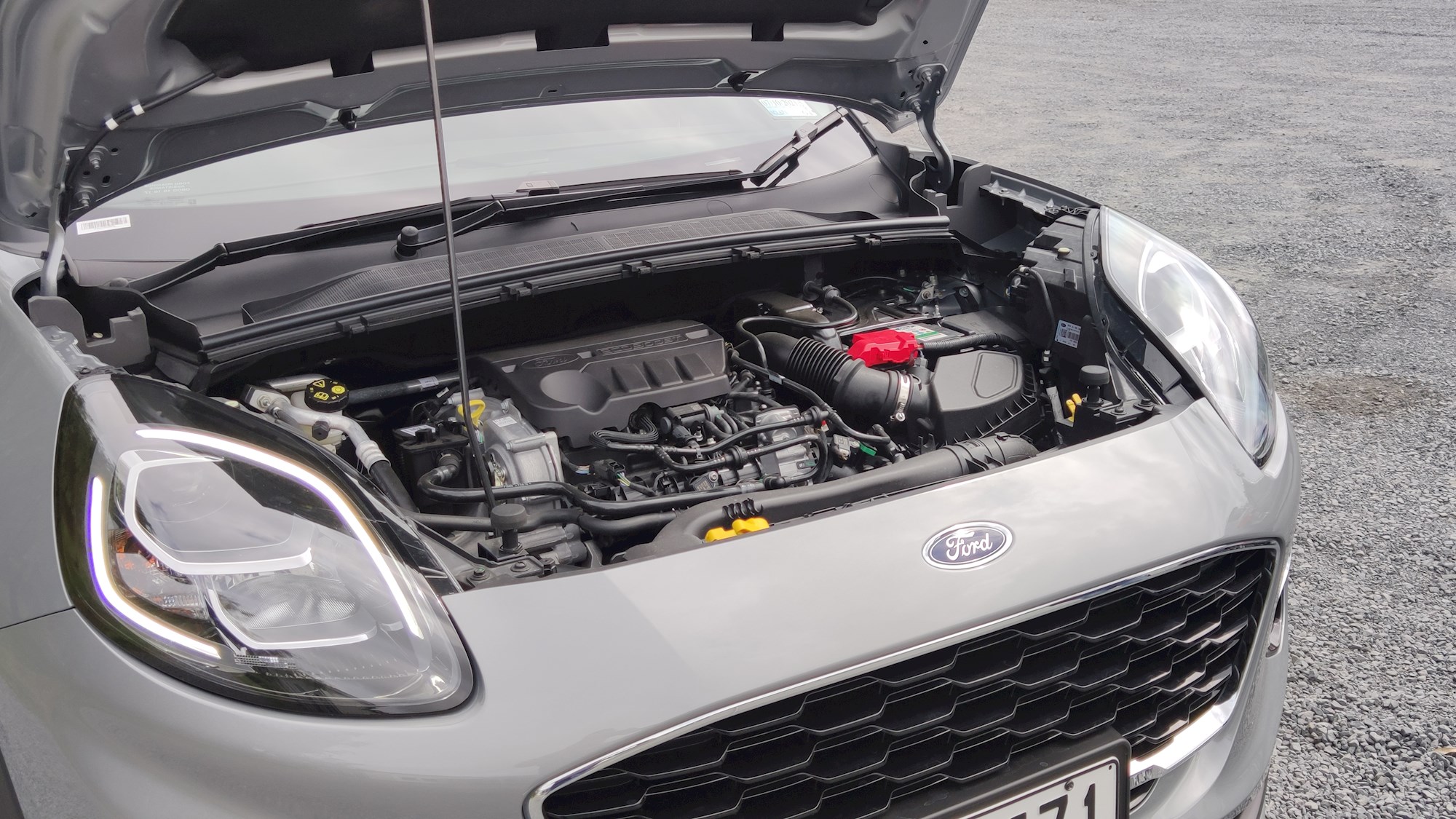
Both get Ford’s acclaimed 1.0-litre EcoBoost three-cylinder engine making 92kW/170Nm.
Given Ford’s past drama with the PowerShift transmission, you might be surprised to learn it’s having another go with dual-clutch technology in Puma. It’s a whole new wet-clutch unit, though.
And it all comes together really well. The choice of the three-pot engine is obviously more a case of efficiency than character, because the distinctive odd-cylinder “thrum” is very well suppressed in Puma: it’s surprisingly quiet, the engine note easily overwhelmed at times by the roar of coarse chip seal on Kiwi roads.
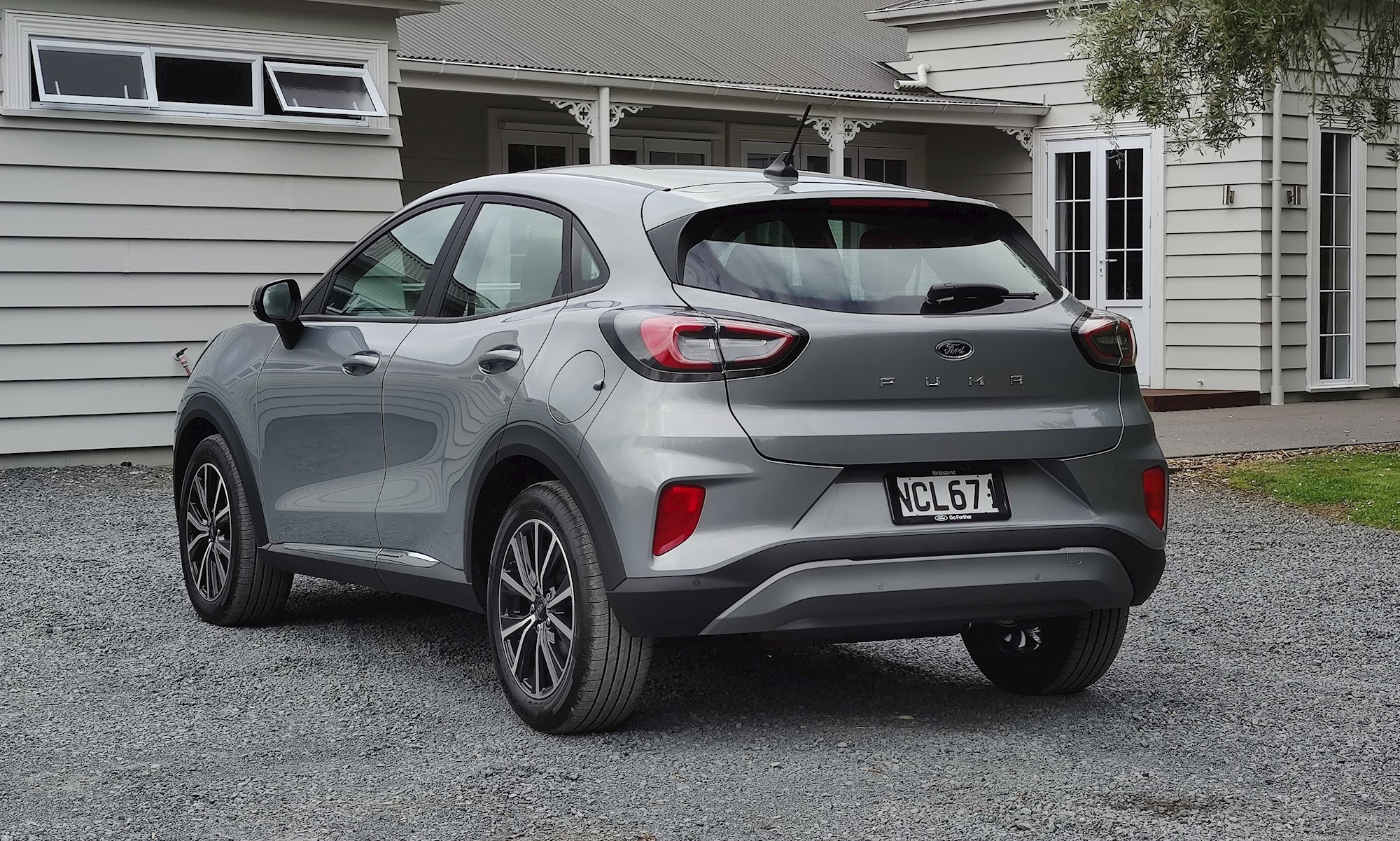
The transmission is also very refined: hardly a hint of the staccato gearchanging that blighted PowerShift-equipped Fords of years past. This one’s not called “PowerShift” by the way; they wouldn’t dare.
The powertrain is a bit laggy below 2000rpm and on really big hills (there’s a 48-volt mild hybrid system on some versions in Europe designed to plug that performance gap), but once it’s away it really hums (not thrums) along.
The steering is light but accurate and the little SUV turns into corners with authority. It handles like a slightly taller supermini, which is what it really is: Puma is based on the Fiesta, although bear in mind that it’s as heavy as a Focus.
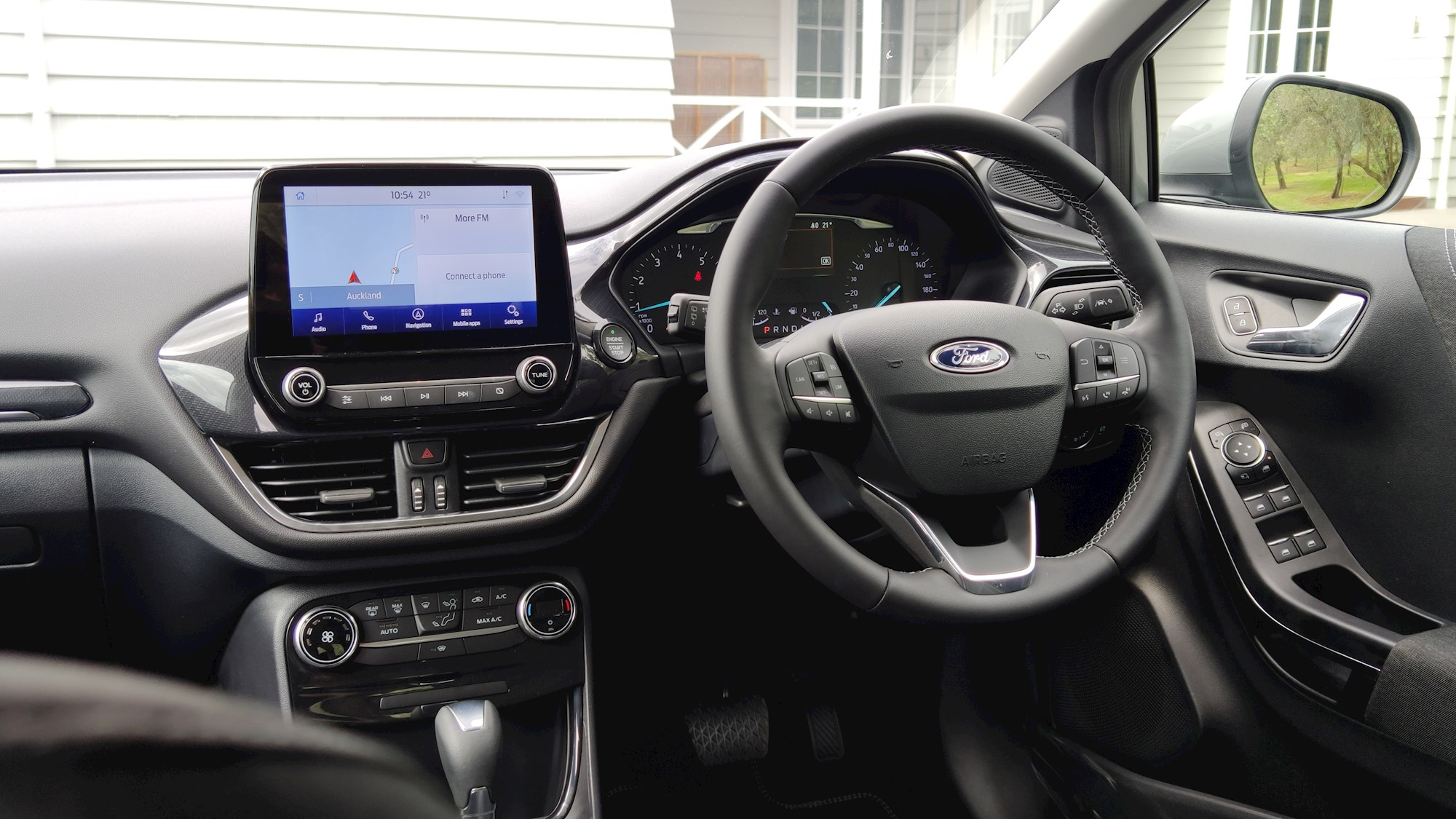
Should you spend the extra on the ST-Line? It has no extra power and while it rides on the same-size 17-inch wheels (albeit in a different style), the sportier suspension tune seems like a step too far for what’s still essentially an urban SUV.
But some of the extra goodies in the ST-Line are tempting: black exterior detailing, auto high-beam, power hands-free tailgate, upgraded interior trim, full LCD instruments, auto climate air, adaptive cruise (stop/go) and automatic parking. Both models are “live” with the FordPass mobile app.
We don’t get the much-talked-about Megabox – a massive underfloor storage area complete with drainage holes – because that’s where the spare wheel so beloved by Kiwis goes. But the Puma is still a pretty practical thing, with 410 litres in the boot and an adjustable boot floor that can also serves as an angled cargo divider.
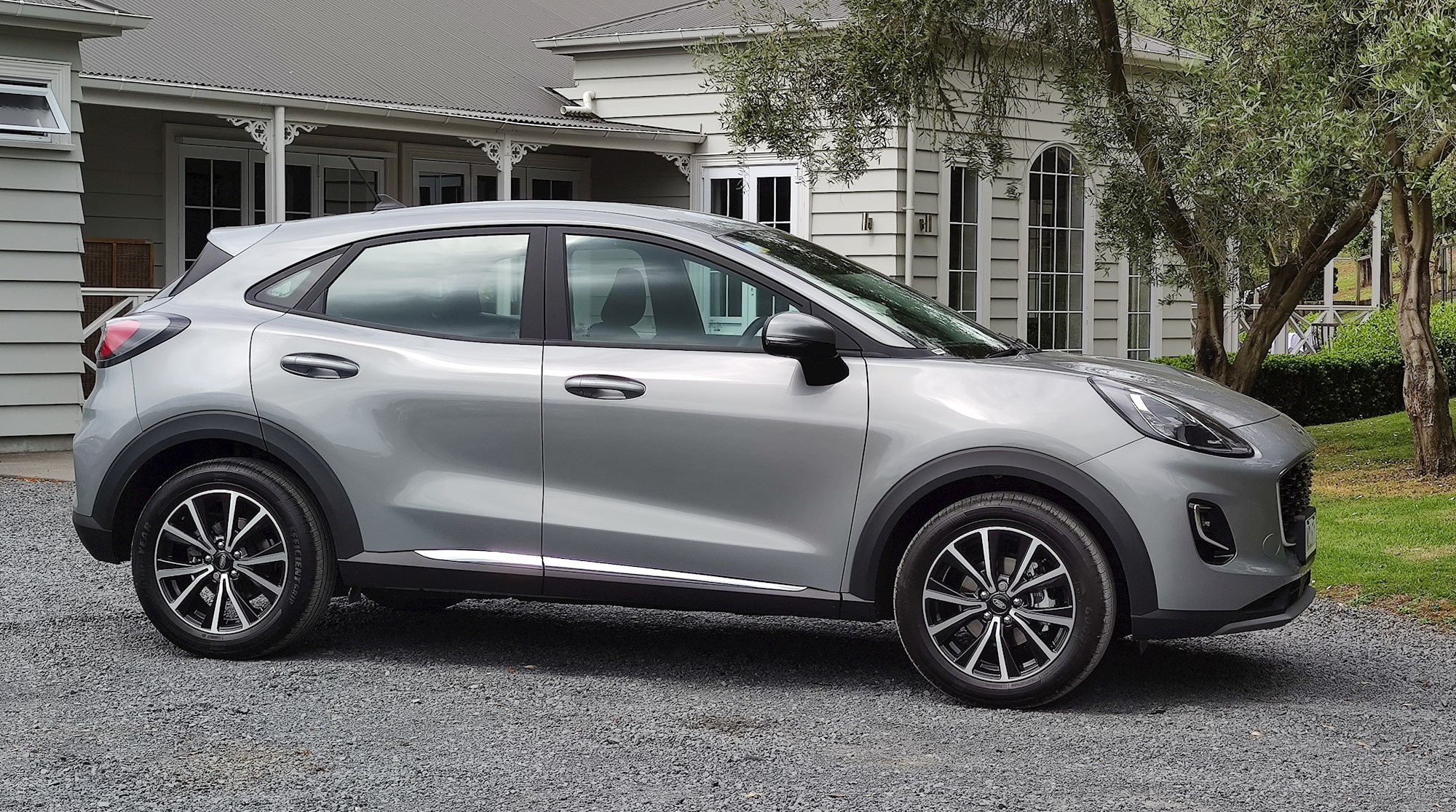
And yes, there is a full-noise ST version of the Puma in Europe. It’s a “possibility” says Ford NZ, although there are no plans to launch right now. It’s manual only, which would limit the appeal of a compact-SUV – and sports-minded buyers can always opt for the excellent Fiesta ST.
To view all Ford SUVs currently listed on DRIVEN, click here
FORD PUMA
ENGINE: 1.0-litre turbo-petrol three-cylinder
POWER: 92kW
TORQUE: 170Nm
GEARBOX: 7-speed dual clutch
ECONOMY: 5.3 litres per 100km
PRICES: $33,990-$37,990










